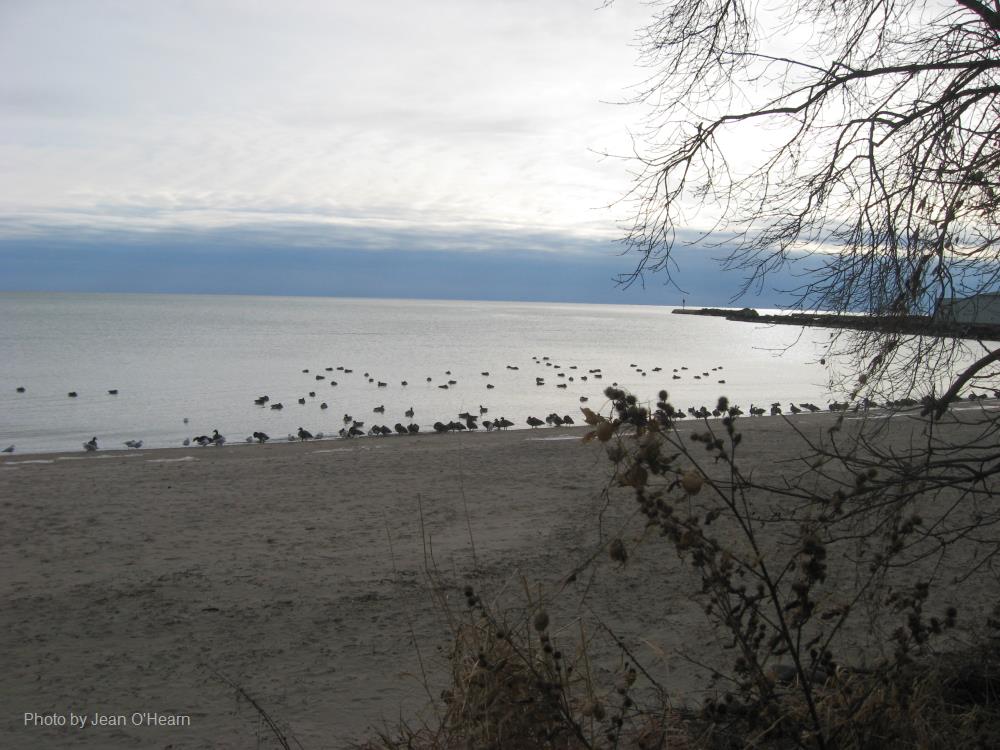
Related items loading ...
Section 1: Project Information
Project Name
LSNPM: Linking Stream Network Process Models to Robust Data Management Systems (for the Purpose of Land-Use Decision Support)
Led by
|
|
Lead 1
|
Lead 2
|
Lead 3
|
Lead 4
|
|
Name
|
Bruce MacVicar
|
|
|
|
|
Institution
|
University of Waterloo
|
|
|
|
|
Role
|
PI
|
|
|
|
|
Contact Information
|
bmacvica@uwaterloo.ca
519 888 4567 ext 38897
|
|
|
|
Classification (e.g., "GWF Pillar 3", "CCRN", etc.)
GWF Pillar 2
Project Websites
Project Description
This project involves the development of a digital platform, called the Stream Adaptive Management Environment or 'SAME', to improve the science, communications, and outcomes surrounding decision making in surface water channel networks. Its purpose is to combine monitoring and modelling efforts with a data management platform created by the Computer Systems Group at UW that supports environmental decision making (iEnvironment). Such research is aligned with Pillar 2 of the Global Water Futures (GWF) initiative -- Developing Big Data and Decision Support Systems.
This project builds on previous efforts by incorporating two large databases with field monitoring and surface water modelling results; reusing existing monitoring, modelling, the user interface, and access control tools; maintaining relations with active partners that include municipalities and conservation authorities across Ontario; extending analysis tools developed as part of an NSERC funded Strategic Project Grant; and leveraging funding for platform development. Secured funding through CANARIE, a non-profit Canadian corporation with a mandate to advance Canada’s knowledge and innovation infrastructure, will support the development of iEnvironment.
Modules will be developed that will allow research groups in river hydraulics and aquatic ecology to connect their work with this system to build an adaptive management platform in SAME. The new work will also ingest a range of data streams and allow users to access the data and analysis in the form of maps, tables, and tailored report cards. Specifically supported decisions in the near term will include the evaluation of alternative development scenarios, best management practices, stream restoration, and assessment of risk due to predictive uncertainty and climate change. Case studies include Wilket, Morningside and Ganatsekaigon Creeks in Toronto and Blair Creek in Kitchener. The vision of this project is that other groups connected to the Global Water Futures Initiative will develop modules and build the capacity of the platform to provide a trans-disciplinary decision support system for other questions related to cumulative effects, risk, and the management of surface water networks.
Project Participants
|
Simon Courtenay | Co-I | University of Waterloo |
Stephen Murphy | Co-I | University of Waterloo |
Paulo Alencar | Co-I | University of Waterloo |
Don Cowan | Co-I | University of Waterloo |
Current Status of this Project


 GWFNet
GWFNet Master
Master Data
Data Research
Research Map
Map
 Advanced
Advanced Tools
Tools
 . . .
. . .
 Metadata Editor
Metadata Editor
 Record List
Record List
 Alias List Editor
Alias List Editor
 Legacy sites
Legacy sites